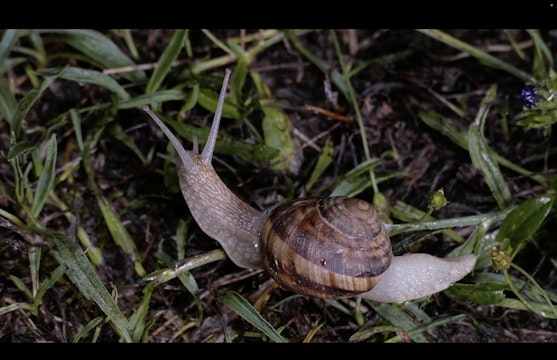Insects have cool strategies.
After an interview with scientist Brigitte Braschler in which she told us that this season (autumn-winter) is not the best time to study critters such as insects because they are less active due to the cold, I decided to do some research on the strategies of insects to survive low temperatures
After an interview with scientist Brigitte Braschler in which she told us that this season (autumn-winter) is not the best time to study critters such as insects because they are less active due to the cold, I decided to do some research on the strategies of insects to survive low temperatures
We were also able to record sounds underground thanks to Marcus Maeder Sounding Soil project. Here are three examples from different terrains.
COOL STRATEGIES
Some life stage – egg, larvae, or adult – of every insect species that lives in areas of the Earth that get below-freezing temperatures has a way of surviving.
Frostbite is the term applied to the terrible damage caused to human flesh by the formation of ice crystals, i.e., freezing. If an insect is not properly prepared for the cold, freezing also destroys its tissues. Insects are very diverse. How do these insects survive when it is so cold the snow squeaks underfoot? There are four primary winter survival strategies known for insects.
Honeybees Shiver to Warm Queen
The honeybee uses the rarest type of winter survival method. A honeybee colony uses social cooperation and food energy from honey they eat all winter to keep all members of the colony at temperatures above freezing. The colony does this by all coming together and forming a ball around the queen bee. The worker bees in the ball then create heat by shivering.
Shivering muscles, even tiny insect ones, produce heat. The workers continually rotate from the warm center to the cold periphery of the cluster while the queen stays in the center at a toasty 86 to 95 F (30-35°C).
Some Insects Produce Natural Antifreeze
Freeze avoidance is the term used for the most common insect winter strategy. Insects do this by voiding from their bodies particles and molecules on which ice crystals could form.
Insects also produce sugars and polyol chemicals, like glycerol, which lower the freezing point of their blood. This process can be termed cold hardening and takes some time to happen. Insects not prepared physiologically will die when exposed to rapid freezing.
Some Freeze and Thaw
Freeze tolerance is the next most common survival strategy. This is when insects have ice crystals form in their bodies at just a few degrees below 32 F (0°C). In many species, the egg stage can easily overwinter in a frozen state. The ice crystals form outside of the cells of vital organs and are kept small and non-damaging with chemicals in the insect blood. This strategy is useful for insects living in areas with rapidly changing, variable temperatures.
For example, an insect could feed during a sunny afternoon after freezing during a hard frost the night before or feed during a period of mild winter weather without having to go through extensive physiological cold hardening.
Others Replace Water with Trehalose
The term cryoprotective dehydration has been given to the most recently discovered survival method used by insects and other Animalia that dwell in extremely cold regions. The critters using this strategy get rid of almost all of the water in their bodies and replace it with trehalose. This molecule is essentially two glucose molecules, the simple sugar used for cellular energy by most animals, joined together with a chemical bond. This biochemical process with trehalose protects their delicate cells and proteins from freeze damage. This strategy is thought to provide the maximum protection from ice formation damage to insects living where the temperatures can regularly get below about -44 F (-42°C).
Some Live in Favorable Winter Habitats
Some insects avoid freezing by living in habitats that never get extremely cold. Aquatic insects living below the ice are very chilly but are protected from subfreezing temperatures by the specific heat properties of water. Ants, termites, and bumblebee queens can retreat below the frost line in the soil to spend the winter. As little as 15 cm of snow over the soil effectively insulates from extremely cold air. This snow-soil interface is called the subnivean zone and rarely gets more than a few degrees below freezing.





